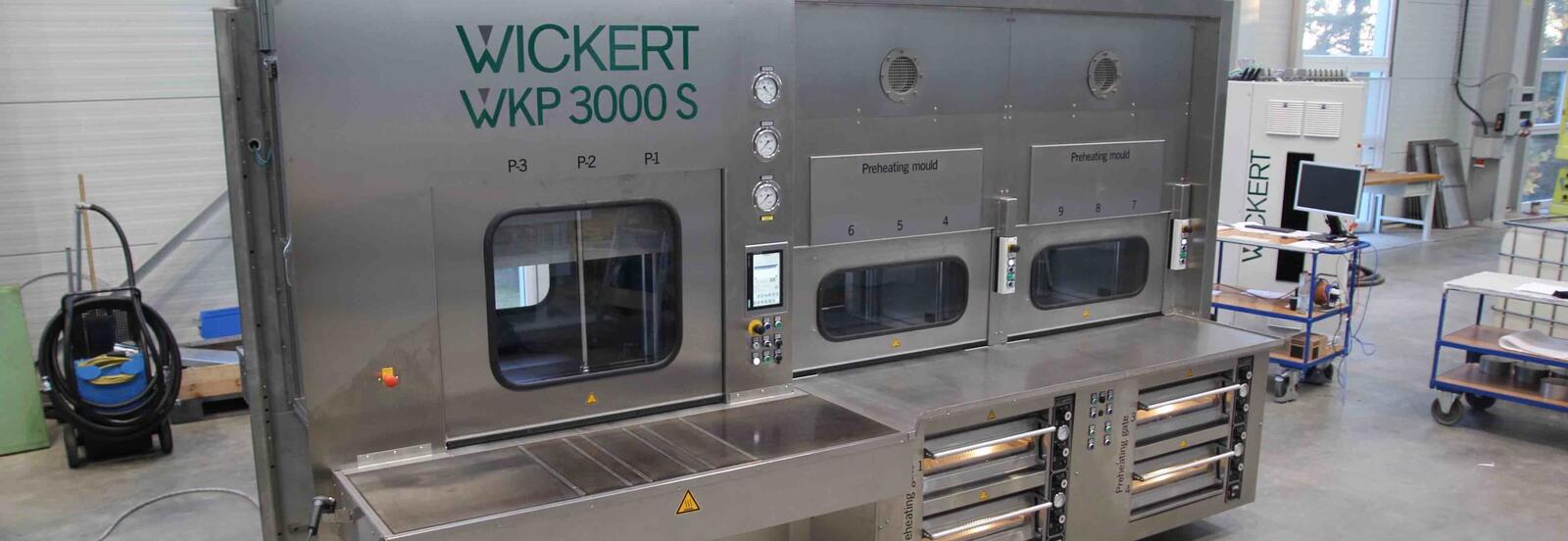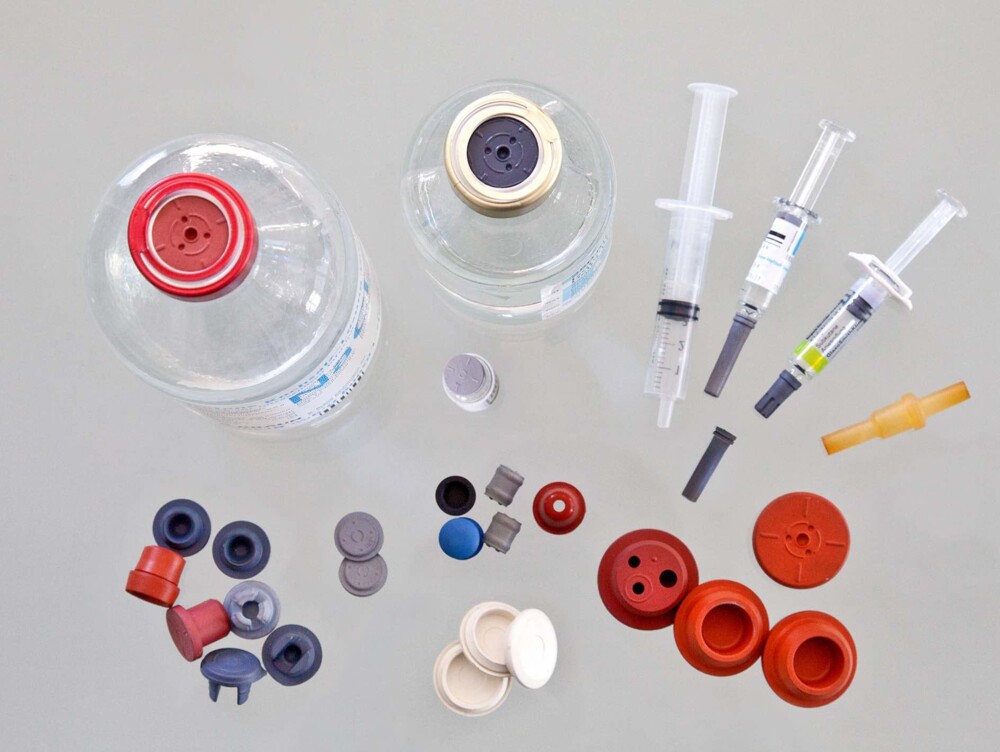In a clean room or ultra-clean room, research, production or therapy is carried out under strict hygienic conditions. The production of computer chips is particularly well known. But plastic products for medicine are also manufactured in clean rooms. That is why we at Wickert are dealing with the topic "clean room" in this blog.
What is a clean room?
A clean room is a closed space with high hygienic requirements. Contamination by bacteria and particles in the air and on surfaces should be kept to a minimum. Some industrial companies need these environmental conditions in order to be able to manufacture particularly demanding, for example sterile, products. Research facilities need such an environment for certain laboratory experiments.
How does a cleanroom work?
A clean room is shielded from the outside world to protect against contamination. Anyone who wants to enter must wear special protective clothing and pass through an airlock. This is because people are usually the biggest source of dirt; they shed hair and dander, and lint comes off their work clothes. Inside a clean room, the temperature, humidity, air pressure and air flows are precisely controlled and continuously monitored.
There are different classes of cleanrooms
There are different cleanroom classes for different cleanliness requirements. These are specified in different standards. They stipulate how many dirt particles of what size may be contained in one cubic meter of air in a room. Particles with a size of 0.1 µm to 5 µm (micrometers) are examined here. This is very small. For comparison: a dust particle is about 5 µm in size, a human hair even has a diameter of about 60 µm. One µm is one micrometer, or one thousandth of a millimeter.
The "EN ISO 14644" standard, for example, regulates how cleanrooms can be divided into classes. According to this standard, there are nine cleanroom classes, designated ISO 1 to ISO 9. ISO 1 describes the strictest hygiene requirements. Colloquially, rooms in categories ISO 1 to ISO 3 with a very high degree of cleanliness are also called "clean rooms.
In addition to EN ISO 14644 and other standards as well as EU directives, regulations from the USA are particularly important internationally. These include GMP (Good Manufacturing Practice) and FDA (Federal Drug Administration) specifications for the medical and pharmaceutical industries.
These industries work in clean rooms or ultra-clean rooms
Most people know that the semiconductor industry manufactures under cleanroom conditions. But there are other industries where a very clean working environment is required:
- in optics and laser technology
- in aerospace technology
- in nanotechnology, where the smallest particles are involved
- in the life sciences
- in medical research and therapy
- in the food industry
- in the pharmaceutical industry
Machines and equipment are potential sources of contamination
In addition to people, machines and equipment are also potential sources of contamination. As we at Wickert are the world market leader for cleanroom presses, we can name a few important points that we pay attention to in our equipment.
Cleanroom example: production of sealing plugs for Corona vaccines.
In 2020 and 2021, we built a whole series of cleanroom presses for the production of closure plugs for Corona vaccines made of plastic. These elastomers are correctly called "butyl rubber" (IIR) or "bromobutyl rubber" (BIIR), colloquially they are called rubber. The presses were ordered by suppliers to the pharmaceutical industry all over the world. They then used them to produce billions of rubber plugs, as plugs for the Corona vaccine.
What is so difficult about producing a rubber stopper?
The production of stoppers for vaccine vials is definitely challenging. They come into contact with the sensitive vaccine and have to seal the high-purity drug vials cleanly and tightly.
To do this, they must have the exact dimensions and at the same time be soft and pliable, so that the vaccine vials can be closed securely and tightly. In addition, because some vaccines are stored at very low temperatures, the closures must function at extreme temperatures. And even after a while, they should still be just as good as new.
In addition, the caps must be very clean, because they could be a potential source of contamination. Therefore, strict specifications apply. No organic particles must adhere to the stoppers, and they themselves must not emit any microparticles or substances. For this reason, they are manufactured on presses in a clean room.
Possible sources of contamination in cleanroom systems
Production equipment operating in a clean room must also be very clean. Machine manufacturers pay particular attention to the following points:
- Surfaces
Painted surfaces of machines can form tiny cracks when they get hot, causing paint to come off. This then contaminates the cleanroom. That's why interiors and exteriors are usually made entirely of stainless steel or aluminum. In addition, surfaces are designed so that they can be cleaned easily. - Moving machine parts
Machines have components that move. To ensure that friction does not create particles, materials that do not need to be lubricated with oils or greases are preferred - Fluids
Sometimes you can't do it without fluids. For example, brakes in machines require oil. In such cases, where auxiliary materials and lubricants cannot be dispensed with, only non-toxic and harmless materials should be used. At the same time, all affected areas should be encapsulated and sealed so that no liquids can escape. - Air
The fact that equipment used in cleanrooms does not emit any particles at all may be technologically possible, but it cannot be paid for. Nor is it usually necessary. Instead, special technologies ensure that the movement of particles is controlled so that they have the least possible impact on the environment and production.

